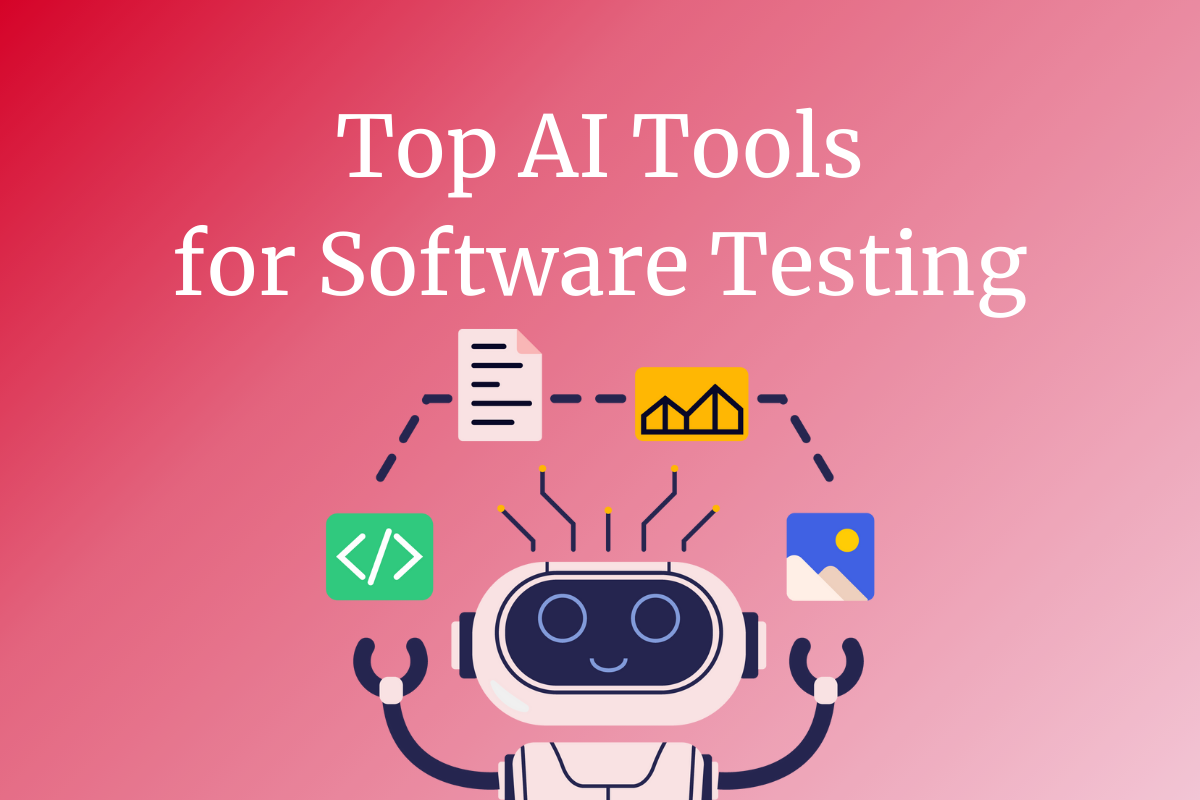What supports higher conversion and sales online?
We live in 2020 and you hardly meet people who never shopped online, as online sales are spiking for most brands. In order to facilitate that, a good e-commerce / retail site is key to its success. We have seen many businesses success and fail because of the level of shopping experience they provide. Technology has evolved very much and everything is available at your fingertips, therefore we have to remember that users expect user friendly and customized experience.
Developing an e-commerce website is a complex process. From defining the purpose, designing intuitive user flow, identifying the ways in which its user will make the payment, and all that combined, developing a website requires a lot of effort. And the scariest thing is, all those efforts might end in vain if the website is solely developed and no step is taken to ensure its proper functionality.
Types of testing:
E-commerce applications and sites are either web applications or mobile applications too. So typically, they are supposed to undergo familiar types of software quality testing we perform.
- Functional Testing
- Usability Testing
- Security Testing
- Performance Testing
- Database Testing
- Mobile Application Testing
- A/B testing
- Localization Testing
Purposeful testing:
Some industries experience average cart abandonment as high as 83.6%. As a place to generate conversations, the most important functionality is the checkout journey, so if testing resources are limited, it should be focused on this area.
Users land > Homepage > Browse Ranking > Search > Results Page > Product Details Page > Bookmark > Shopping Cart > Order Form > Coupon > Payment > Order Confirmation Page > Login and Accounts Pages
Also, all “front-end” pages to display information to users most likely communicate with “back-end” web services, such as Product Search Service, Database, Content Service, Booking Engine, Payment Services, Social Accounts Logins, etc. Therefore, it is important that we test individual services in isolation as well as integrated as a whole system to ensure requested information is presented to users correctly.
9 things we usually test:
1. Compatibility With Different Browsers
Early browsers and browser specific extensions including main platforms like Linux, Windows, Mac and so on.
2. Page / Content Display
Corruption of display pages, runtime error messages, poor download time of a page and images etc.
3. Session Duration
Users may not conclude everything in one visit. Parameters like the duration for which a session lasts, product bookmarks and its storage including social account details, passwords.
4. Usability
Smooth navigation, page transitions and effective search engine.
5. Customization
Coupons specific to referral page or location, and content compliant with local regulations.
6. Data Backup and Recovery
This step is necessary to make sure there is no risk of data loss. In case of any data loss, there should always be an option of data recovery.
7. Shopping Cart
The functionality of shopping carts is the utmost important part of an e-commerce website. Performance in terms of adding or removing the items, modification options, data integrity across browsers, processing of order and payment.
8. System Integration
Confirmation of the data interface format, interface frequency and volume capacity, updates and performance.
9. Login and Security
Login capability, access control, ability to handle web attacks and viruses to avoid sensitive data breach.
Lessons learned:
Continuous changes for e-commerce demands regression, so run automated regression test suit every day to keep track the effects of change.
Do not assume how much images and data will be there to handle. Regularly performing performance testing plays a very crucial role, in making sure users don’t leave the site just because. Factors include request per second, transaction per minute, execution per click, response time of page load, duration of the task, Length of time between click and page display.
Secure usage is where customer trust is gained which encourages users to return, so take it seriously and pay attention to user account security, data confidentiality, content security, credit card security, SSL certificate etc.
Unexpected scenarios testing:
Websites are made with much complexity these days, and people are busy that they usually don’t convert in just one visit. So keep in mind, any E-commerce website / applications needs a fresh perspective to increase test coverage and test unlikely scenarios.
For example,
Add one item to the cart – the cart should be updated with the item with correct name, image, and price.
Increase the quantity of the item from the cart – the price should be updated to reflect the correct figure.
Add the same item multiple times – there should be one item in the cart, but the quantity should reflect the number of additions and the total price should reflect the sum of the price of each item.
Add multiple items of different types and sizes – For each item added, we should see a corresponding name, image, and price and total price of all items.
Add items through different invitation links, and your shopping cart should display an error message as to which promotion is applied.
Remove some items from the cart – the cart should update showing the existing items in the cart, total price should reflect the new sum.
Leave the site without logging in – alert items in the shopping cart will be lost after a set amount of time.
Remove all items from the cart – cart balance should be zero, no items should be displayed in the cart.
Unexpected shipping fee – Correctly calculate shipping cost for the order combined.
Failed payment – offer an alternative payment option and avoid overly secure checkouts where customers may not be able to instantly receive SMS text to complete payment.
Language and currency mismatch – some hoppers may be viewing the site in one language and check out with a credit card in a different region. Alert the customers of custom regulations and shipping cost.
The list goes on. I hope this article helped you understand that comprehensive end-to-end testing is needed for E-commerce testing with the aim to replicate real user scenarios so that the system can be validated for integration and data integrity. In addition, coordination with the business side is absolutely necessary, since even if it seems to work fine on numbers and performance that doesn’t mean the website meets customers expectations.
SHIFT ASIA has experience working with e-commerce bands and platforms in multiple regions, thanks to that, our test engineers are able to design meticulous testing framework to help your website reach its potential.
ContactContact
Stay in touch with Us








